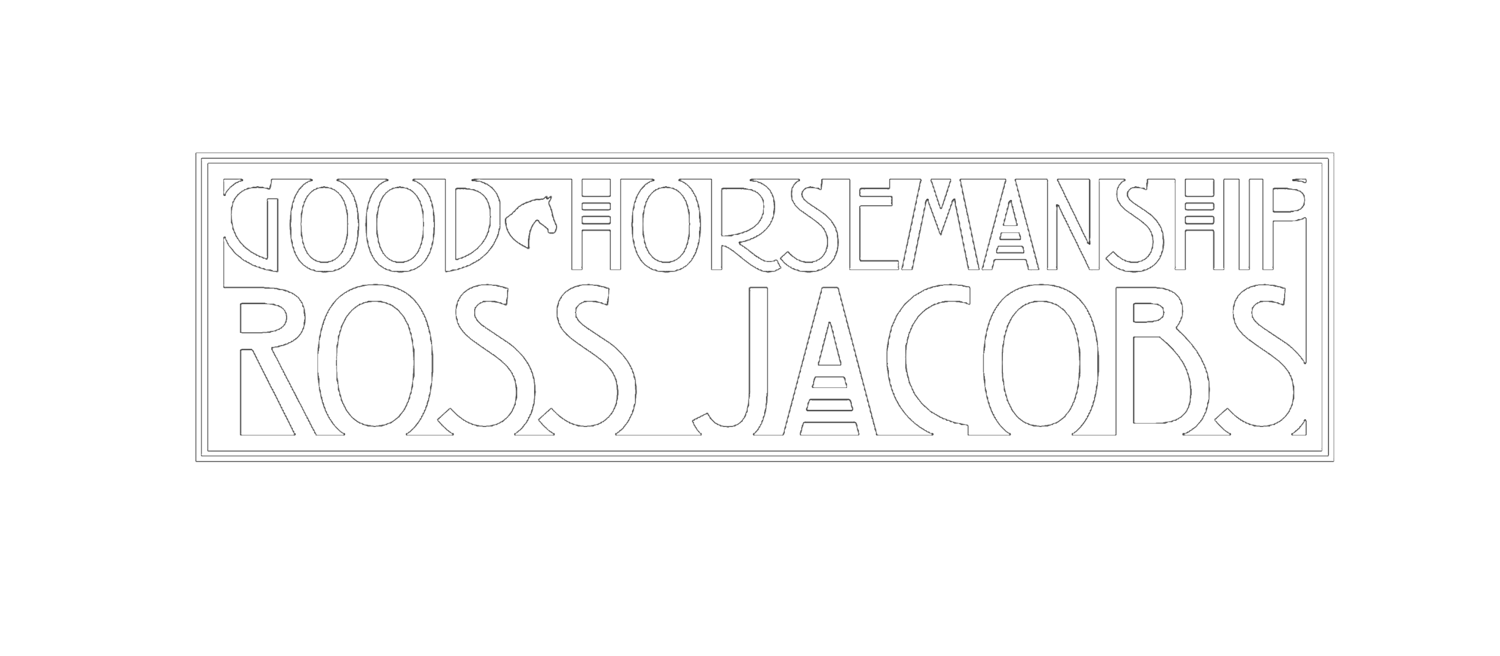I have previously talked at length about the difference between driving pressure and directing pressure. At every clinic people get my lecture on the difference between them and why it is important to understand the difference and learn when to use one and when to use the other.
However, for those new to the concept of driving versus directing, let me provide a brief explanation.
Driving pressure
Driving pressure is when a horse is thinking in one direction but its feet are moving in a different direction. For example, when asking a horse to lunge on a circle, many people apply pressure with a lunge whip. The horse then notices the pressure and moves away from it. The horse’s brain is focused on the source of the pressure, but it moves away to escape the pressure. The focus is in one direction (the whip) while its feet are moving in the opposite direction. That’s driving pressure.
Directing Pressure
Directing pressure is when a horse is moving in the same direction as it is thinking. For example, if you are leading a horse and it takes a step forward because you took a step forward (without pressure to pull forward from the lead rope) the horse’s thought is focused forward and its feet move forward a step. If you stop moving and your horse stops without pulling on the lead rope, the thought and the feet are in the same direction. That’s directing pressure.
There is a more detailed explanation on my YouTube channel https://www.youtube.com/watch?v=rRKgW7TbUuw&t=3s
These distinctions are important because of the way they make a horse feel. With driving pressure, we are separating a horse’s movement from the direction of its focus. That creates some anxiety because the direction and execution of its movement is not its idea. In contrast, when directing pressure is used a horse is much more emotionally/mentally comfortable because the movement (both direction and type) does not conflict with what it is thinking.
All training conforms to these concepts, irrespective if we use physical pressure or mental/emotional pressure.
Now we come to the part that requires you to think a little deeper.
When I am teaching something to a horse, I ALWAYS begin with directing pressure as my first polite question. ALWAYS. However, when it is not a movement that a horse already knows or understands I follow up with a driving pressure. The driving pressure creates a little anxiety to motivate a horse to search and try something. When the horse tries something closer to what I want it to try I stop. I take away all pressure for a moment to bring down the anxiety level I just created. Then I ask again with the directing pressure first. Even if I know I will have to follow with driving pressure I still present the directing pressure first because the idea I want my horse to learn is the concept of its thoughts and its feet “going with” the feel of the pressure (directing), not away from the pressure (driving).
This is what I want to get across to you.
It is the driving pressure that teaches a horse a new concept. The driving pressure teaches a horse to respond to directing pressure. Once a horse understands the concept of being directed you never have to drive it. The anxiety that driving creates will dissipate as it understands how to “go with” the directing pressure. A horse that learns to “go with” the direction of our feel and aids is a horse that is comfortable and willing to work with us. But to get there we almost always have to apply driving pressure to give clarity to the directing pressure used in our first polite request for our horse to do something.
Driving is a pressure used for teaching how to respond to directing pressure. Driving pressure teaches and directing pressure guides. Driving pressure creates a little discomfort. Directing pressure creates comfort.
I am riding Jill at a clinic and directing her thought to the left and she will “go with” that feel.

